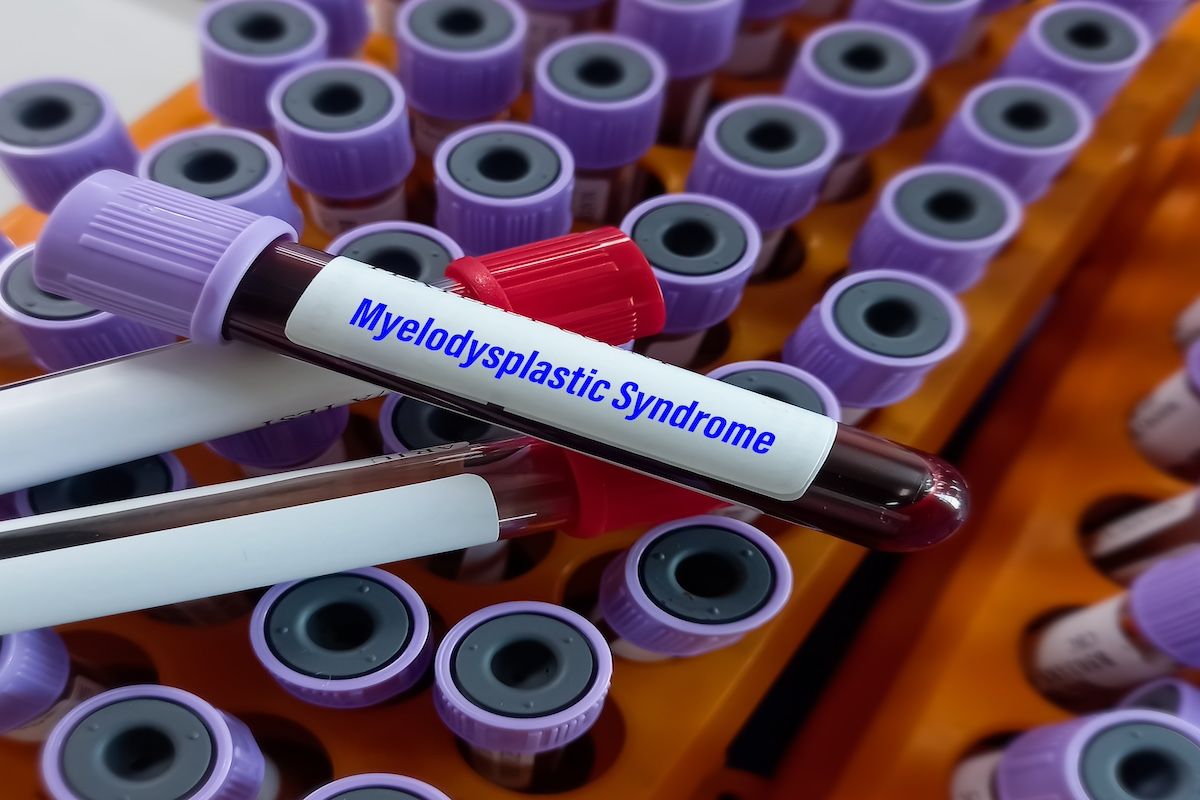Article
Not So Rare: 300 Million People Worldwide Affected by Rare Diseases
Author(s):
Approximately 4% of the total world population is affected by a rare disease at any given time, according to new research on 3585 rare diseases.
Approximately 4% of the total world population is affected by a rare disease at any given time, according to new research on 3585 rare diseases.
The study, published in European Journal of Human Genetics, used epidemiological data in the Orphanet database to calculate the global point prevalence estimate. Point prevalence provides a measurement of the population burden of disease during a certain time interval.
“Despite their heterogeneity, [rare diseases] share commonalities linked to their rarity that necessitates a comprehensive public health approach,” the authors explained.
Rare diseases have different definitions based on political and legislative frameworks. In the European Union, the definition is conditions affecting no more than 50 per 100,000 people. In America, rare diseases are defined as disorders affecting fewer than 200,000 people in the country, or roughly 86 per 100,000 people. Other definitions range in prevalence from 5 to 76 per 100,000.
The researchers excluded rare cancers and rare diseases caused by infection or poisoning and used a method to add together the point prevalences of various diseases referenced.
The study challenged the estimate that rare diseases affect between 6% and 8% of the global population. The authors instead found that rare diseases affect between 3.5% and 5.9%, or nearly 300 million people worldwide, based on the point prevalence estimates for 67.6% of rare diseases included in the study.
"Given that little is known about rare diseases, we could be forgiven for thinking that their sufferers are thin on the ground. But when taken together they represent a large proportion of the population," Ana Rath, from Inserm US14, an information and service platform for rare diseases and orphan drugs, which runs Orphanet, said in a statement. “Although rare diseases are individual and specific, what they have in common is their rarity, and the consequences which result from that.”
Based on the prevalence, rare diseases, taken together, are not that rare. When taking into account rare cancers, infectious diseases, and poisonings, the number of people with rare diseases is “likely considerably higher,” the authors noted.
“The majority of rare diseases are not traceable in healthcare systems and in many countries there are no national registries,” Rath said. “Making patients visible within their respective healthcare systems by implementing means to record their precise diagnoses would make it possible in the future not only to review our estimations, but more fundamentally to improve the adaptation of support and reimbursement policies.”
Reference
Wakap SN, Lambert DM, Alry A, et al. Estimating cumulative point prevalence of rare diseases: analysis of the Orphanet database [published online September 16, 2019]. Eur J Hum Genet. doi: 10.1038/s41431-019-0508-0.















